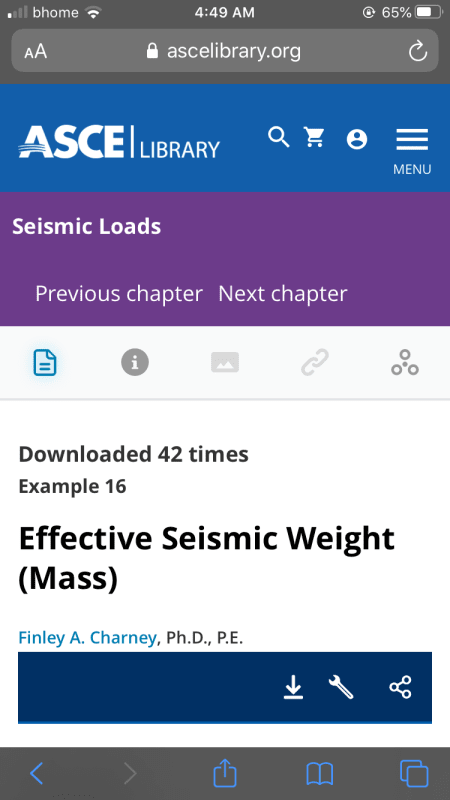NewbieInSE
Structural
Dear Engineers,
I would like to know, as I'm confused, what is meant by "Effective mass" in mass irregularity when the codes say "Mass irregularity shall be considered to exist where the effective mass of any storey is more than 150 percent of the effective mass of an adjacent storey. A roof which is lighter than the floor below need not be considered.
Thanks.
I would like to know, as I'm confused, what is meant by "Effective mass" in mass irregularity when the codes say "Mass irregularity shall be considered to exist where the effective mass of any storey is more than 150 percent of the effective mass of an adjacent storey. A roof which is lighter than the floor below need not be considered.
Thanks.

